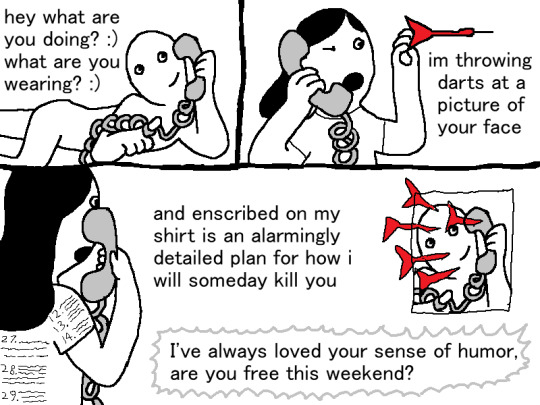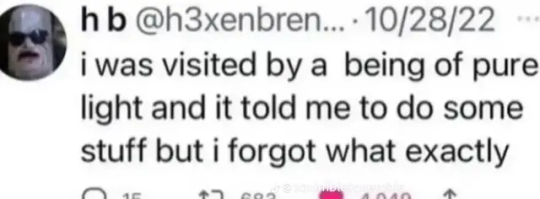Text

Leave me and my weird names in peace
7K notes
·
View notes
Text
The one main drawback of the written word compared to visual media in my experience has been that there really is nothing you can write that’s a good enough substitute for a blank stare reaction beat unless you’re willing to get experimental with punctuation and formatting
#like how am i supposed to write the literary equivalent of tails_gets_trolled.jpeg#can you tell i’ve recently started reading dungeon meshi#the way kui heightens comedic bits with reaction panels is phenomenal#personal#writing nonsense#writing problems
1 note
·
View note
Text
alright friends. best revision tips: GO
1K notes
·
View notes
Text

made a sticker for anyone to slap onto their work if they need to
25K notes
·
View notes
Text
Ref Recs for Whump Writers
Violence: A Writer’s Guide: This is not about writing technique. It is an introduction to the world of violence. To the parts that people don’t understand. The parts that books and movies get wrong. Not just the mechanics, but how people who live in a violent world think and feel about what they do and what they see done.
Hurting Your Characters: HURTING YOUR CHARACTERS discusses the immediate effect of trauma on the body, its physiologic response, including the types of nerve fibers and the sensations they convey, and how injuries feel to the character. This book also presents a simplified overview of the expected recovery times for the injuries discussed in young, otherwise healthy individuals.
Body Trauma: A writer’s guide to wounds and injuries. Body Trauma explains what happens to body organs and bones maimed by accident or intent and the small window of opportunity for emergency treatment. Research what happens in a hospital operating room and the personnel who initiate treatment. Use these facts to bring added realism to your stories and novels.
10 B.S. Medical Tropes that Need to Die TODAY…and What to Do Instead: Written by a paramedic and writer with a decade of experience, 10 BS Medical Tropes covers exactly that: clichéd and inaccurate tropes that not only ruin books, they have the potential to hurt real people in the real world.
Maim Your Characters: How Injuries Work in Fiction: Increase Realism. Raise the Stakes. Tell Better Stories. Maim Your Characters is the definitive guide to using wounds and injuries to their greatest effect in your story. Learn not only the six critical parts of an injury plot, but more importantly, how to make sure that the injury you’re inflicting matters.
Blood on the Page: This handy resource is a must-have guide for writers whose characters live on the edge of danger. If you like easy-to-follow tools, expert opinions from someone with firsthand knowledge, and you don’t mind a bit of fictional bodily harm, then you’ll love Samantha Keel’s invaluable handbook
26K notes
·
View notes
Text
Just doing this bc I'm curious/research reasons

#most of them tbh but the having no bonds with other women (aka most of her narrative significance centers a man) is the biggest one for me#sure the Main Character is uber special and important but how is every other woman treated by the narrative. are all or most of the side#characters men. is her main arc in this ‘empowering feminist’ story about how she becomes the perfect partner/wife of the main guy#does your story pass the bechdel test#writing problems#legacy has salt
9K notes
·
View notes
Text


this put together SO much about what bothered me about Rhys + Feyre in terms of her sisters. Rhys is driving such a HUGE wedge between them and he is using his title as fucking armor to get away with it. "united front" should ONLY be in regards to policy and politics and not the gag order preventing Feyre from standing up for her SISTERS
#jesus fucking christ this is absolutely insidious#the way rh/s just sulks until SHE’S the one apologizing to HIM for being protective of her sister when HE said something out of line is just#..i’m fucking speechless#who the fuck thinks that’s what healthy communication looks like#anti acotar#legacy has salt
338 notes
·
View notes
Text

An Angel Appears to Baalam (detail) - Gustave Doré, 1880.
5K notes
·
View notes
Text
I am a(n):
⚪ Male
⚪ Female
🔘 Writer
Looking for
⚪ Boyfriend
⚪ Girlfriend
🔘 An incredibly specific word that I can't remember
410K notes
·
View notes
Text
if you're writing your story and you think 'hm, this might be too weird'
Wrong.
Make it weirder
7K notes
·
View notes
Text

all RIGHT:
Why You’re Writing Medieval (and Medieval-Coded) Women Wrong: A RANT
(Or, For the Love of God, People, Stop Pretending Victorian Style Gender Roles Applied to All of History)
This is a problem I see alllll over the place - I’ll be reading a medieval-coded book and the women will be told they aren’t allowed to fight or learn or work, that they are only supposed to get married, keep house and have babies, &c &c.
If I point this out ppl will be like “yes but there was misogyny back then! women were treated terribly!” and OK. Stop right there.
By & large, what we as a culture think of as misogyny & patriarchy is the expression prevalent in Victorian times - not medieval. (And NO, this is not me blaming Victorians for their theme park version of “medieval history”. This is me blaming 21st century people for being ignorant & refusing to do their homework).
Yes, there was misogyny in medieval times, but 1) in many ways it was actually markedly less severe than Victorian misogyny, tyvm - and 2) it was of a quite different type. (Disclaimer: I am speaking specifically of Frankish, Western European medieval women rather than those in other parts of the world. This applies to a lesser extent in Byzantium and I am still learning about women in the medieval Islamic world.)
So, here are the 2 vital things to remember about women when writing medieval or medieval-coded societies
FIRST. Where in Victorian times the primary axes of prejudice were gender and race - so that a male labourer had more rights than a female of the higher classes, and a middle class white man would be treated with more respect than an African or Indian dignitary - In medieval times, the primary axis of prejudice was, overwhelmingly, class. Thus, Frankish crusader knights arguably felt more solidarity with their Muslim opponents of knightly status, than they did their own peasants. Faith and age were also medieval axes of prejudice - children and young people were exploited ruthlessly, sent into war or marriage at 15 (boys) or 12 (girls). Gender was less important.
What this meant was that a medieval woman could expect - indeed demand - to be treated more or less the same way the men of her class were. Where no ancient legal obstacle existed, such as Salic law, a king’s daughter could and did expect to rule, even after marriage.
Women of the knightly class could & did arm & fight - something that required a MASSIVE outlay of money, which was obviously at their discretion & disposal. See: Sichelgaita, Isabel de Conches, the unnamed women fighting in armour as knights during the Third Crusade, as recorded by Muslim chroniclers.
Tolkien’s Eowyn is a great example of this medieval attitude to class trumping race: complaining that she’s being told not to fight, she stresses her class: “I am of the house of Eorl & not a serving woman”. She claims her rights, not as a woman, but as a member of the warrior class and the ruling family. Similarly in Renaissance Venice a doge protested the practice which saw 80% of noble women locked into convents for life: if these had been men they would have been “born to command & govern the world”. Their class ought to have exempted them from discrimination on the basis of sex.
So, tip #1 for writing medieval women: remember that their class always outweighed their gender. They might be subordinate to the men within their own class, but not to those below.
SECOND. Whereas Victorians saw women’s highest calling as marriage & children - the “angel in the house” ennobling & improving their men on a spiritual but rarely practical level - Medievals by contrast prized virginity/celibacy above marriage, seeing it as a way for women to transcend their sex. Often as nuns, saints, mystics; sometimes as warriors, queens, & ladies; always as businesswomen & merchants, women could & did forge their own paths in life
When Elizabeth I claimed to have “the heart & stomach of a king” & adopted the persona of the virgin queen, this was the norm she appealed to. Women could do things; they just had to prove they were Not Like Other Girls. By Elizabeth’s time things were already changing: it was the Reformation that switched the ideal to marriage, & the Enlightenment that divorced femininity from reason, aggression & public life.
For more on this topic, read Katherine Hager’s article “Endowed With Manly Courage: Medieval Perceptions of Women in Combat” on women who transcended gender to occupy a liminal space as warrior/virgin/saint.
So, tip #2: remember that for medieval women, wife and mother wasn’t the ideal, virgin saint was the ideal. By proving yourself “not like other girls” you could gain significant autonomy & freedom.
Finally a bonus tip: if writing about medieval women, be sure to read writing on women’s issues from the time so as to understand the terms in which these women spoke about & defended their ambitions. Start with Christine de Pisan.
I learned all this doing the reading for WATCHERS OF OUTREMER, my series of historical fantasy novels set in the medieval crusader states, which were dominated by strong medieval women! Book 5, THE HOUSE OF MOURNING (forthcoming 2023) will focus, to a greater extent than any other novel I’ve ever yet read or written, on the experience of women during the crusades - as warriors, captives, and political leaders. I can’t wait to share it with you all!
30K notes
·
View notes
Text
some fucking resources for all ur writing fuckin needs
* body language masterlist
* a translator that doesn’t eat ass like google translate does
* a reverse dictionary for when ur brain freezes
* 550 words to say instead of fuckin said
* 638 character traits for when ur brain freezes again
* some more body language help
(hope this helps some ppl)
197K notes
·
View notes
Text
hey writers if you want to make a metaphor for racism, please maybe remember that racism is literally based on nothing. Africans weren’t enslaved en masse because the Robo-Musa threatened to destroy the world, they were enslaved because it was economically rewarding and politically convenient. If at any point your allegory for racism includes “so <oppressed group> did this major catastrophe and” then you have not only missed the point but you are literally reinforcing the ideas that racism have let racism self-perpetuate (that e.g. black people are naturally dangerous and violent and must be contained or begrudgingly accepted by the Nice White People)
122K notes
·
View notes
Photo

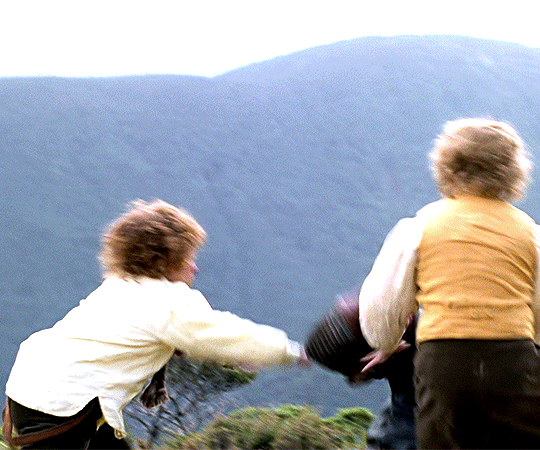
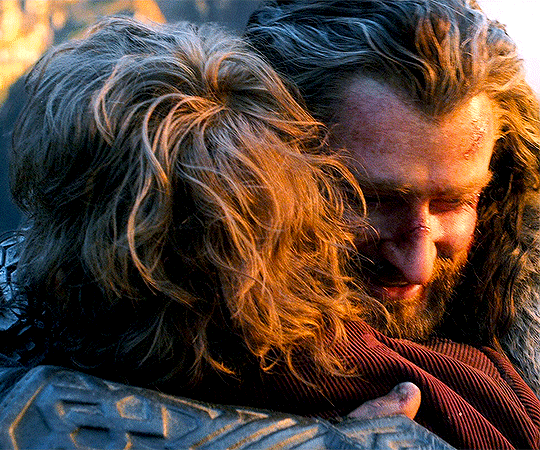
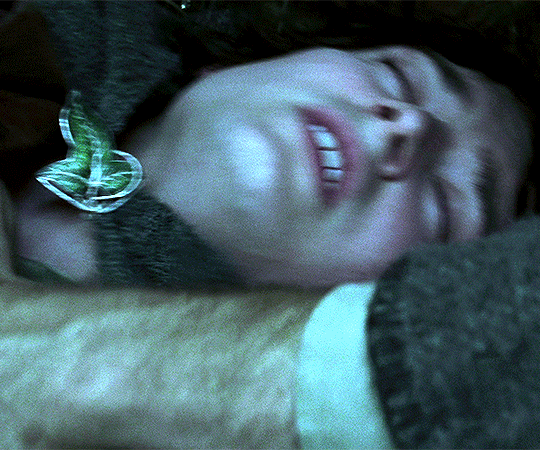


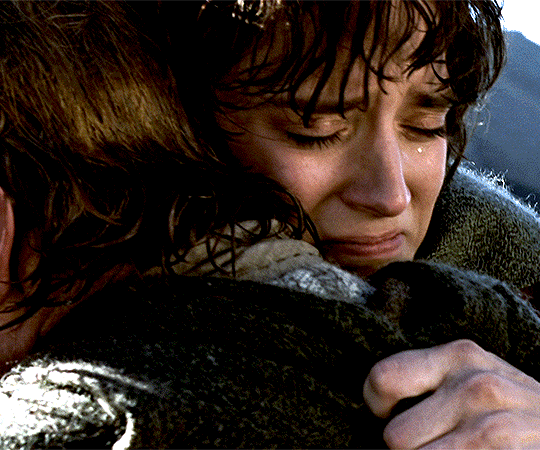

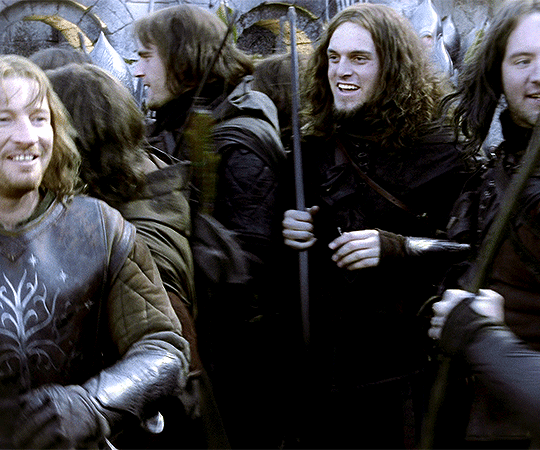
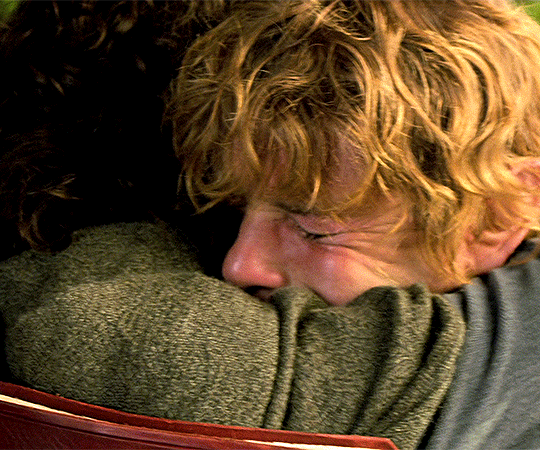
What are we holding onto, Sam? That there’s some good in this world, Mr. Frodo. And it’s worth fighting for.
THE LORD OF THE RINGS (2001 - 2003)
THE HOBBIT (2012 - 2014)
19K notes
·
View notes
Text
Girl help I am thinking of another possible project….
#near-future sci-fi about the government exploiting superpowers for labor and power generation critiquing capitalistic exponential growth…..#also featuring a really really old oc concept of mine that i never really did anything with#rotating it (and her) in my mind. btw.#personal#writing#writing problems#writeblr#writers on tumblr
0 notes
